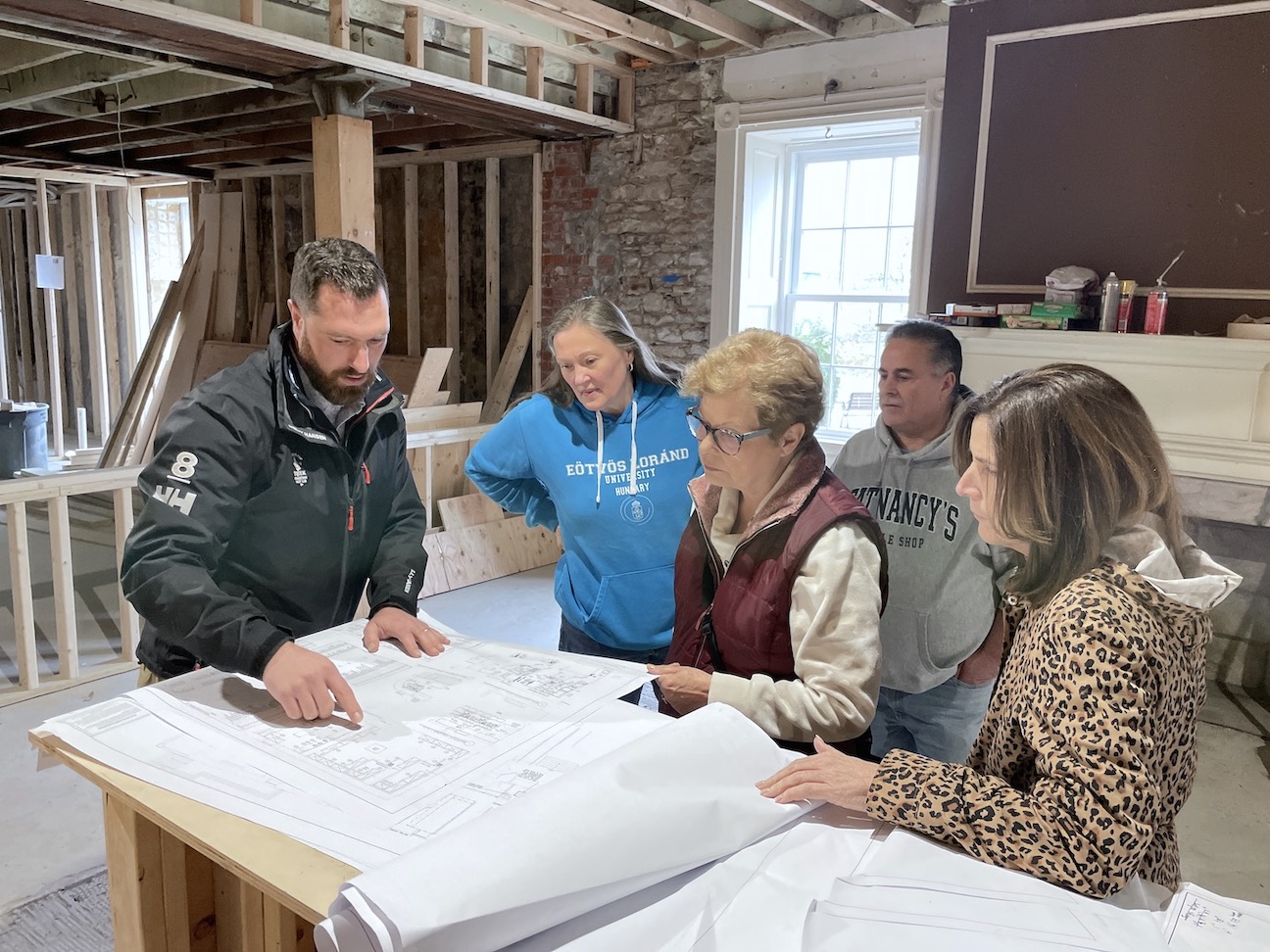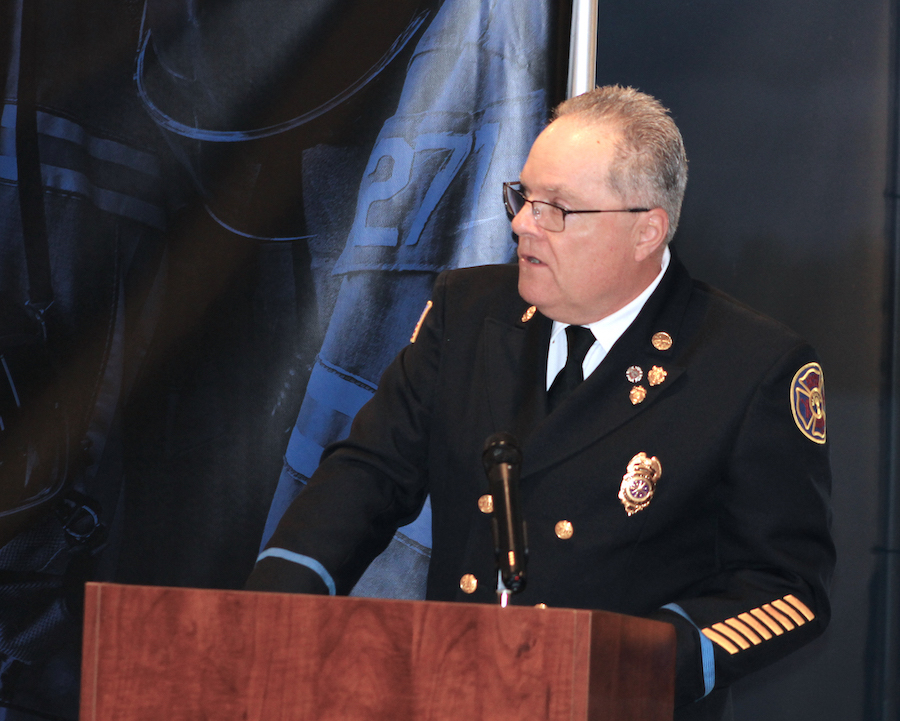Featured News - Current News - Archived News - News Categories
As it readies for a Aug. 9 ribbon-cutting of a new exercise court at Porter on the Lake Park, the Town of Porter announced it received national recognition for ongoing environmental improvements completed at the lakeside park. Supervisor John “Duffy” Johnston said the town was recognized by the National Wildlife Federation for its efforts in creating a Certified Wildlife Habitat at POTL through NWF’s Garden for Wildlife movement.
According to the NWF release, Porter was cited for creating “a great opportunity for residents and visitors to watch birds and butterflies at Porter on the Lake.” The town recently completed work on a newly constructed nature/fitness trail. “On the Nature trail, you will notice a lot of new bird houses built by Eagle Scout Alexander Unversaw. Twenty different bird houses were built, including a Purple Martin condo,” NWF said.
In addition, the town improved its beachfront areas at POTL with the plantings of 25 butterfly bushes and 25 beery bushes. Installed by A-1 Landscape, the plantings will not only stop erosion but also add to the food offerings for wildlife in the area. The work comes off an earlier project that saw installation of seven benches along the trail and waterfront for viewing wildlife in the park.
“We are very proud to partner with The National Wildlife Federation on this project,” Johnston said.
NWF praised the positive impact of the town’s work to create a garden that supports birds, butterflies, bees, frogs and other local wildlife. It noted every certified wildlife habitat garden provides natural sources of food, water, cover and places to raise young, and is maintained in a sustainable way that incorporates native plants, conserves water and doesn’t rely on pesticides.
“Anyone, anywhere, can restore wildlife habitat right in their own yards and communities,” NWF naturalist David Mizejewski said. “Whether you garden in a suburban yard, an urban area or a rural plot of land, you can make a difference for local wildlife. Creating a Certified Wildlife Habitat garden is fun, easy, and makes a real difference for neighborhood wildlife. It’s the perfect grassroots way to think globally and act locally, and help birds, butterflies, bees and other wildlife.”
Started in 1973, the NWF Garden for Wildlife movement is the oldest and largest native plant/habitat program, recognizing more than 289,000 certified wildlife habitat gardens across the U.S. to date, and encompassing an estimated 4 million acres that support wildlife locally.
Backyards, urban gardens, school grounds, businesses, places of worship, campuses, parks, farms, zoos and community landscapes can all be recognized as wildlife habitats through the program, NWF said.
“We are excited about this new Certified Wildlife Habitat, as it provides native plants and essential habitat elements. Research shows certified properties have the potential to support twice as much wildlife compared to non-certified properties,” said Mary Phillips, head of the NWF Garden for Wildlife/Certified Wildlife Habitat.
For more information on NWF’s Garden for Wildlife movement and how to qualify to have a garden space recognized as a Certified Wildlife Habitat, visit www.nwf.org/garden. To jump start creating a Certified Wildlife Habitat, order native plant collections for a ZIP code designed to provide three-season bloom at www.gardenforwildlfe.com.





























